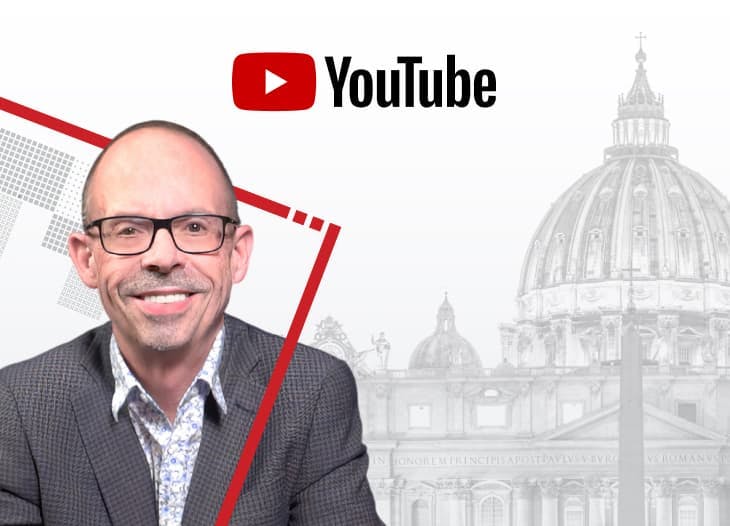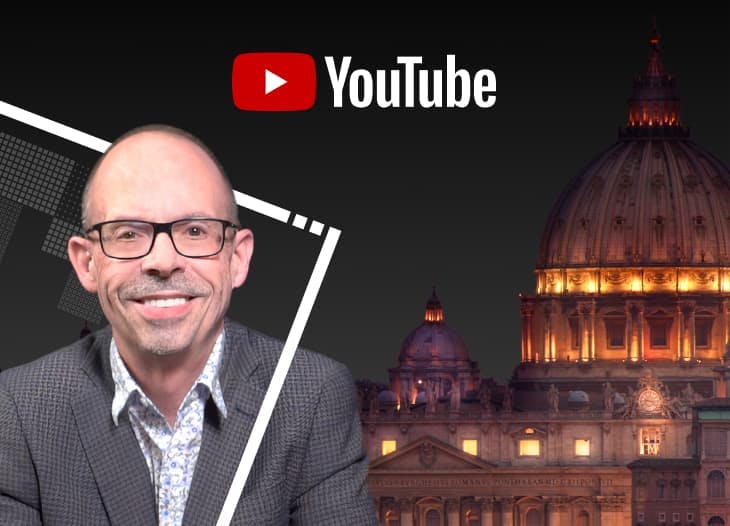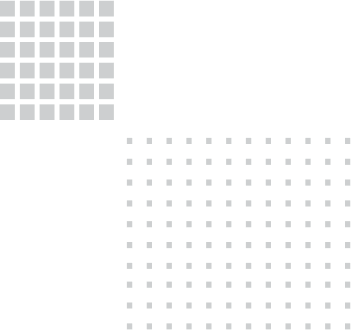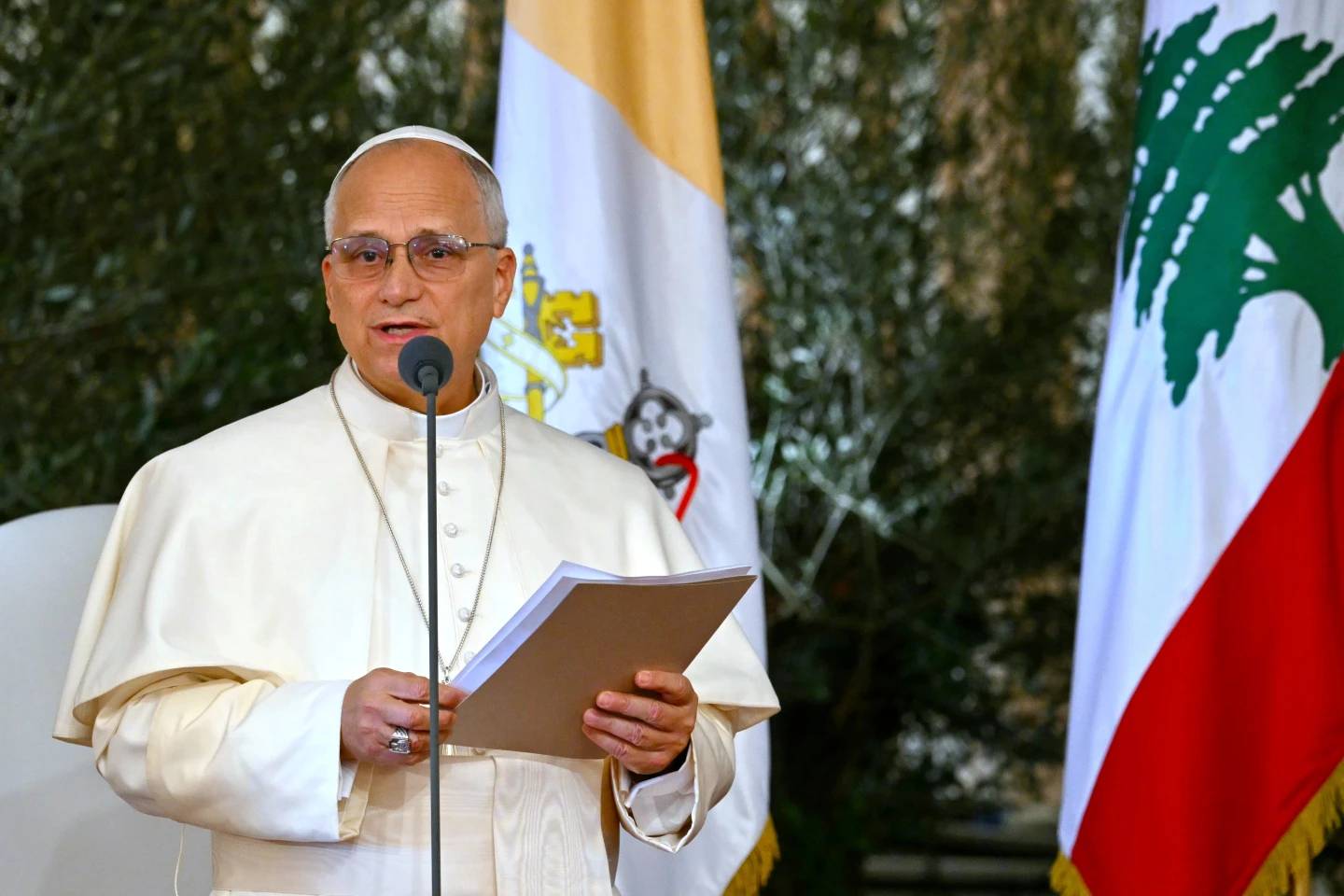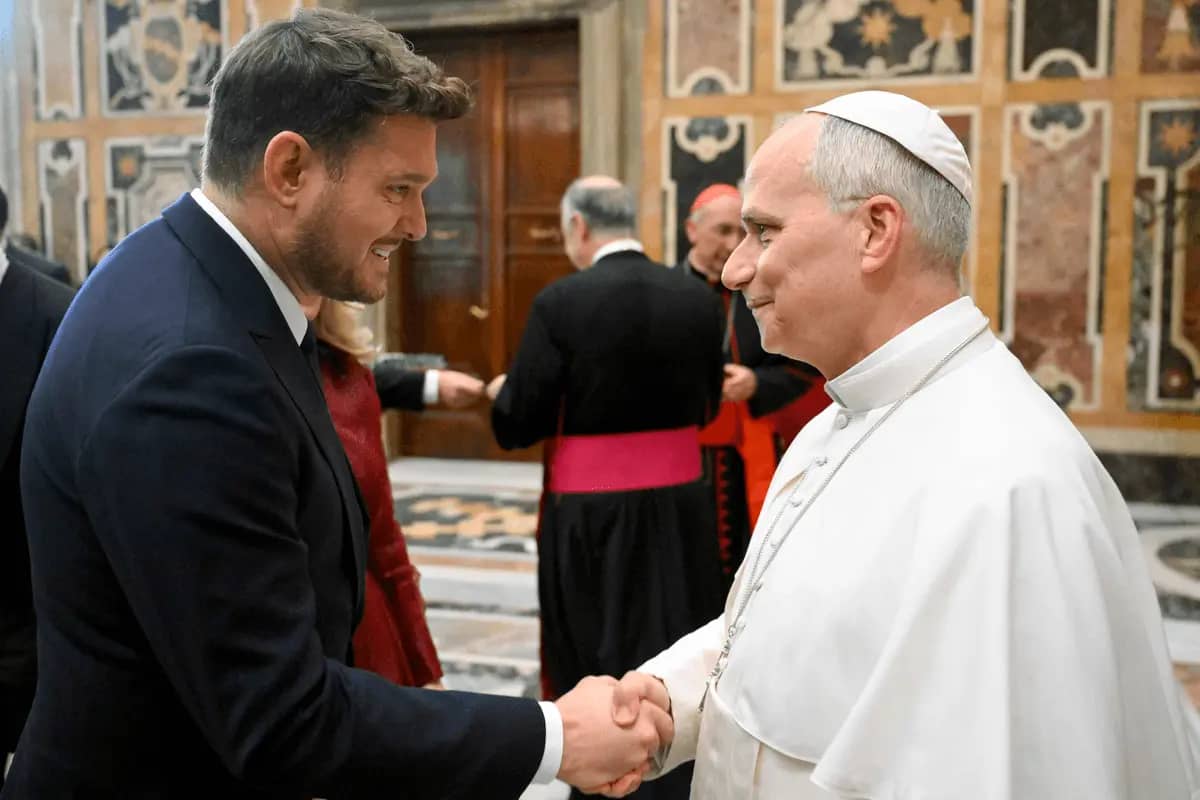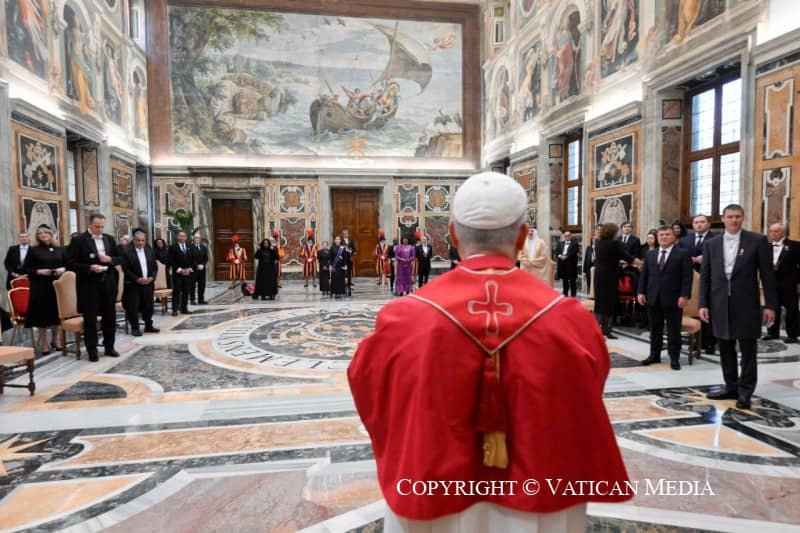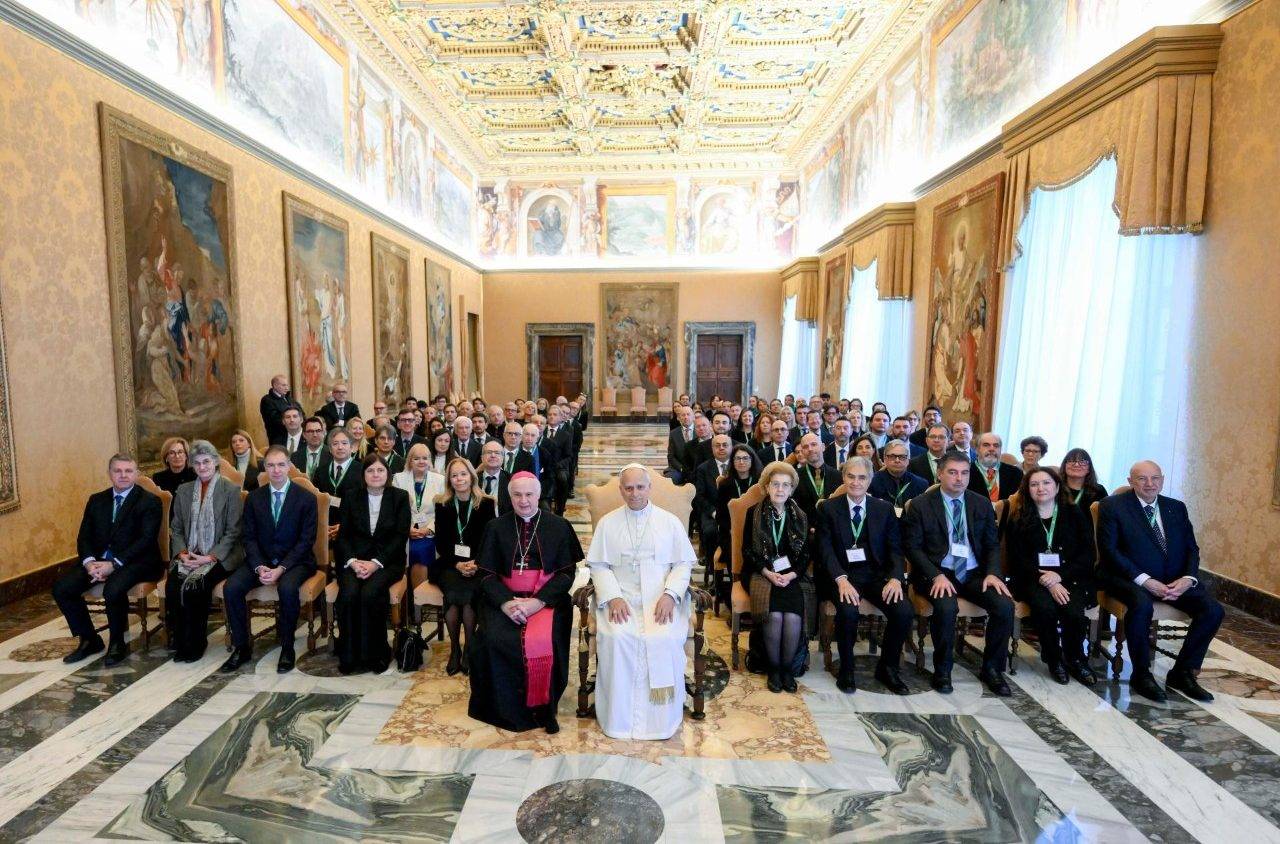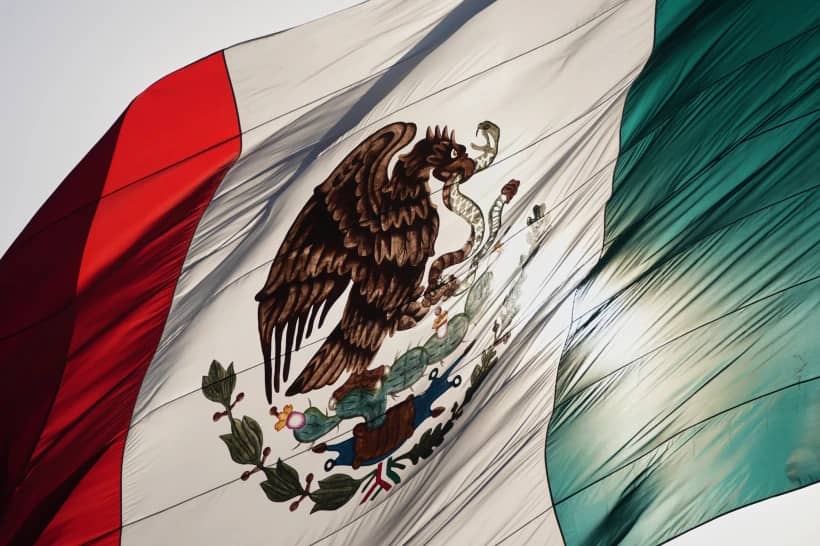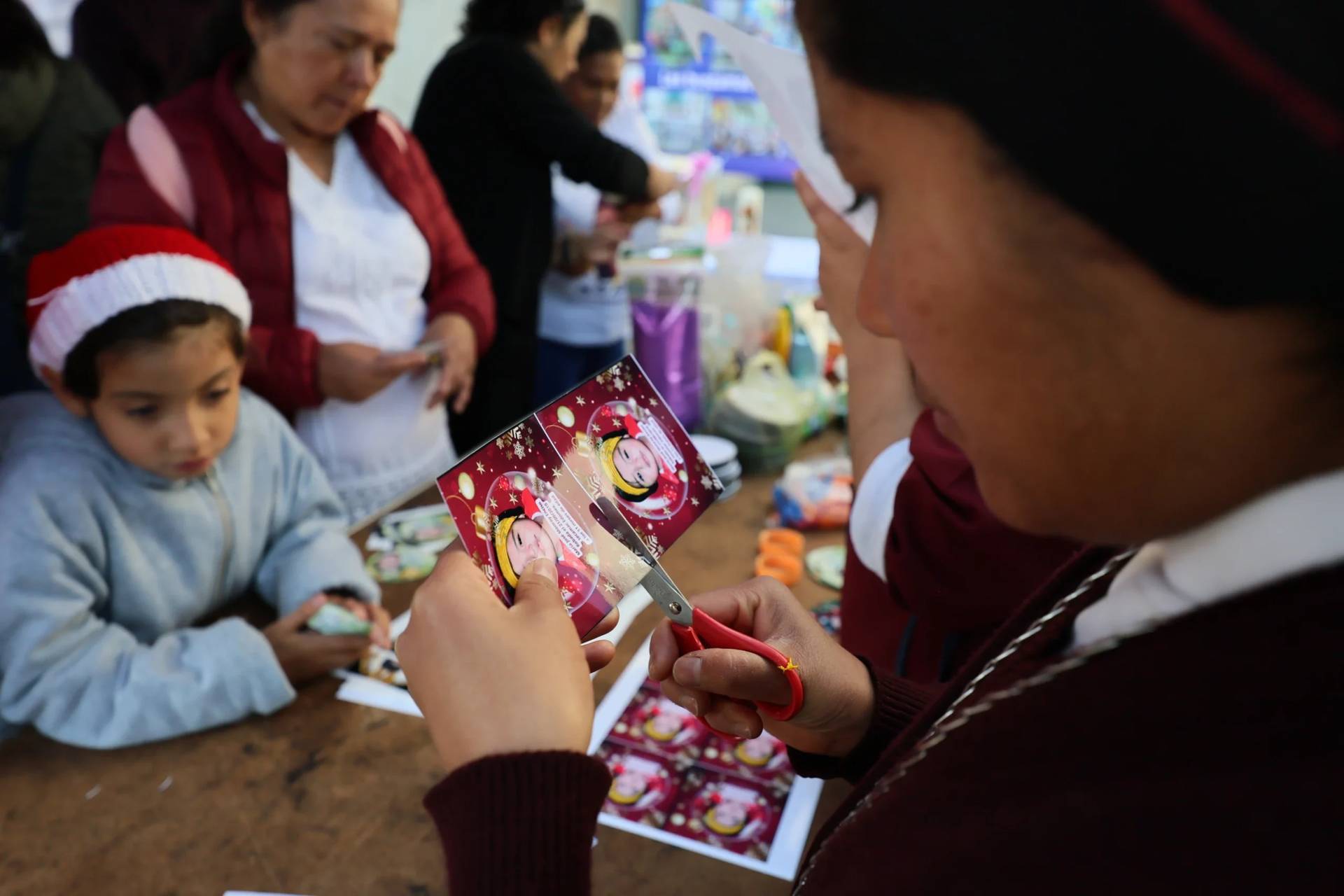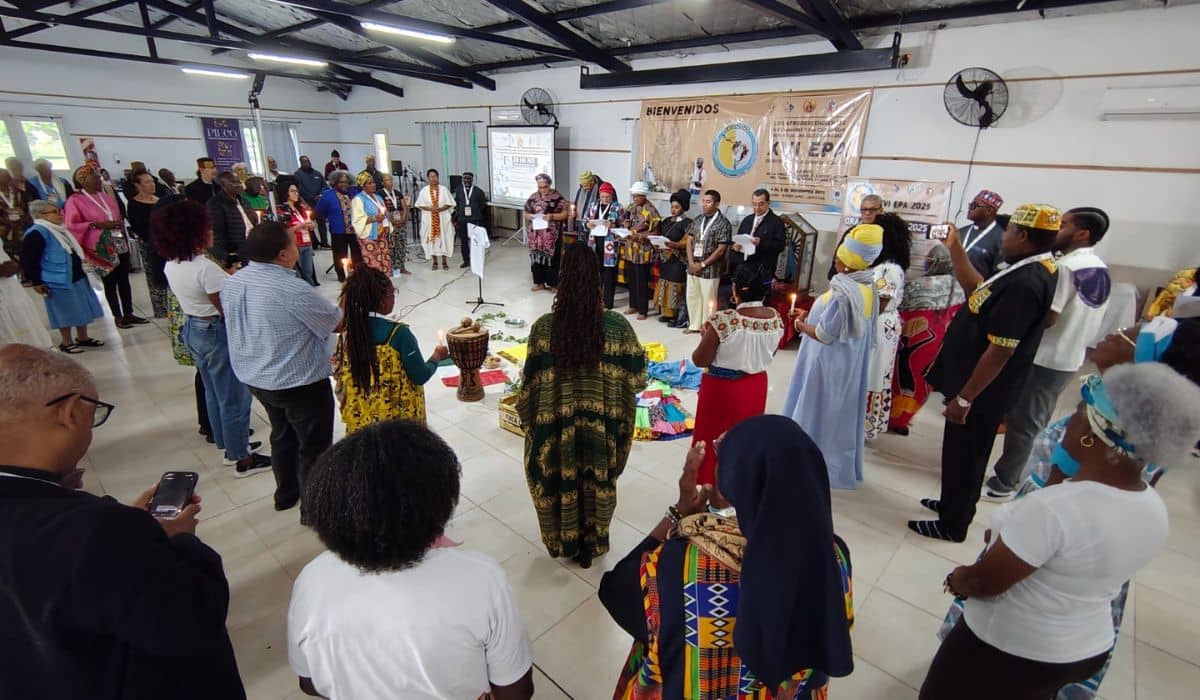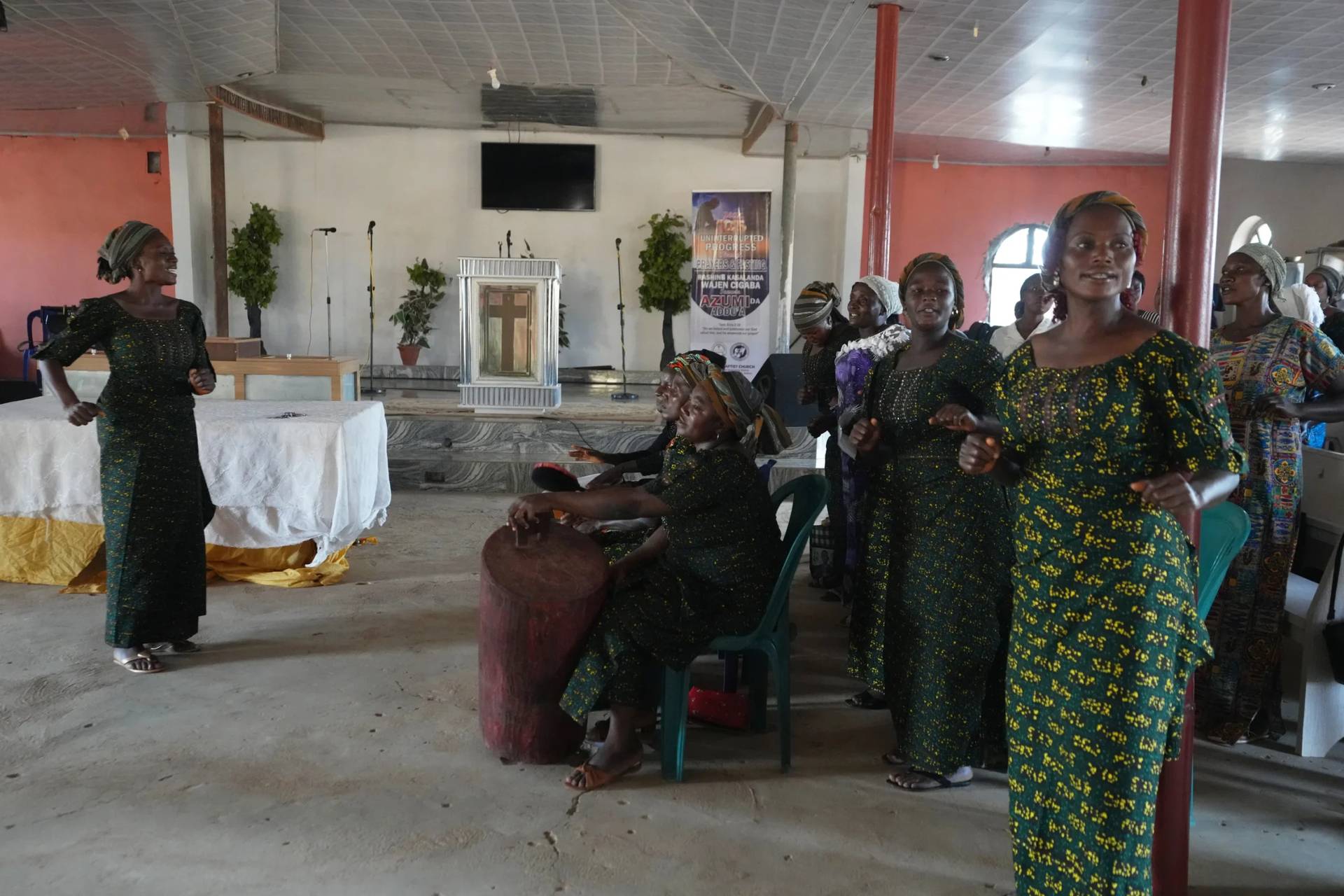SÃO PAULO – Massive protests against Peruvian politicians have been gathering more and more people in Lima over the past few weeks, especially members of the so-called generation Z.
Earlier this month, Pope Leo XIV expressed his closeness to the people of Peru as tensions mounted over leadership changes and increasingly intense calls for reform in the country, where the pontiff served for many years as a missionary priest and bishop.
At the Angelus prayer on Sunday, Oct. 12, Leo prayed “that Peru may continue on the path of reconciliation, dialogue, and national unity.”
Cardinal Carlos Castillo, the Archbishop of Lima, has been one of the major Church voices against violence in defense of demonstrators’ rights.
The current wave of manifestations began about a month ago with the epicenter in Lima. A pension reform approved by the tremendously unpopular administration of former President Dina Boluarte sparked the first demonstrations, called by young people.
As the days passed, other topics got into the protesters’ agenda, including violence that has proved difficult to control in many parts of the country, especially against bus drivers, who are subjected to racketeering by criminal organizations. Over the past months, over 40 bus drivers were killed. Transportation workers soon joined the marchers.
On Oct. 10, Boluarte, who had an approval in the low single digits, was ousted by the same Congress that had kept her in power until then despite her unpopularity. Immersed in corruption scandals and deemed inept to deal with the violence crisis, she was removed during an “express” session.
Boluarte was the running mate of Pedro Castillo, a left-winger elected in 2021 who faced several difficulties to rule with a Congress dominated by the right-wing. At the end of 2022, he tried to stage a coup to remain in power, but was unsuccessful.
Boluarte had promised she wouldn’t leave him alone, but ended up taking office and allying with the Fujimorist lawmakers. She met the 2022-2023 marches against her with severe repression. At least 77 people were killed and over 1,800 were harmed.
On Oct. 15, large crowds took to the streets of Lima again. The demonstrators were not satisfied with Boluarte’s fall, given that she was replaced by the leader of the Congress, legislator José Jerí, who is seen by many as a member of the same group of politicians who brought Peru to the current crisis.
Peru has seen seven presidents over the past 10 years.
Repression against the march in Lima was violent, as well as the attacks waged against policemen by the demonstrators. At least 120 people ended up being injured, 88 policemen and 32 citizens, including three minors.
One high-profile victim of the violence was Eduardo Ruiz, a 32-year-old rapper. Street cameras caught Ruiz being shot by an agent and falling to the ground. Luis Magallanes, the officer who supposedly killed him, was arrested on Oct. 18.
The wave of protests led the Peruvian episcopate to issue two statements. On Oct. 6, the bishops recognized the legitimacy of the demonstrations, mentioning specifically the bus drivers’ demand for safety. They also asked the authorities to hear the voice of the people.
Before the protest of Oct. 15, the Bishops’ Conference released another message, calling Peruvians to mutual understanding.
Such words echoed those of Pope Leo XIV, who expressed his closeness to the Peruvian people during “this moment of political transition” and asked for “reconciliation, national unity and dialogue.”
In February of 2023, when he was still the bishop of Chiclayo, in Peru, Robert Prevost told the press “certainly some claims are legitimate, are valid, and I think that the authorities, and I’m referring to the political authorities, have to learn how to better listen to them, to see how to better answer them, to try and promote the good, to promote justice, a justice that is equal for everybody.”
According to theologian Veronique Lecaros, who is the chief of the Pontifical Catholic University’s Theology program, if political polarization has been splitting Peruvians, the Church is equally divided.
“That impedes it from having a more prophetic voice in those turbulent times. Rev. Carlos Castillo has been talking about the crisis in his homilies and calling the attention of politicians. But he’s being attacked for that,” Lecaros told Crux.
Rolando Ames, a retired Sociology professor at the Pontifical Catholic University of Peru and a founding member of Bartolomé de las Casas Institute, recalled the solidarity Card. Castillo expressed with the victim’s friends and relatives and Castillo’s defense of citizens to protest.
“The Gen Z protesters have been receiving clear support from Castillo,” Ames said. “[Castillo] criticized the demonstrators who threw rocks on the police,” Ames said, “but he emphasized that the major problem was the aggressive behavior assumed by the police after two hours of peaceful mobilization.”

